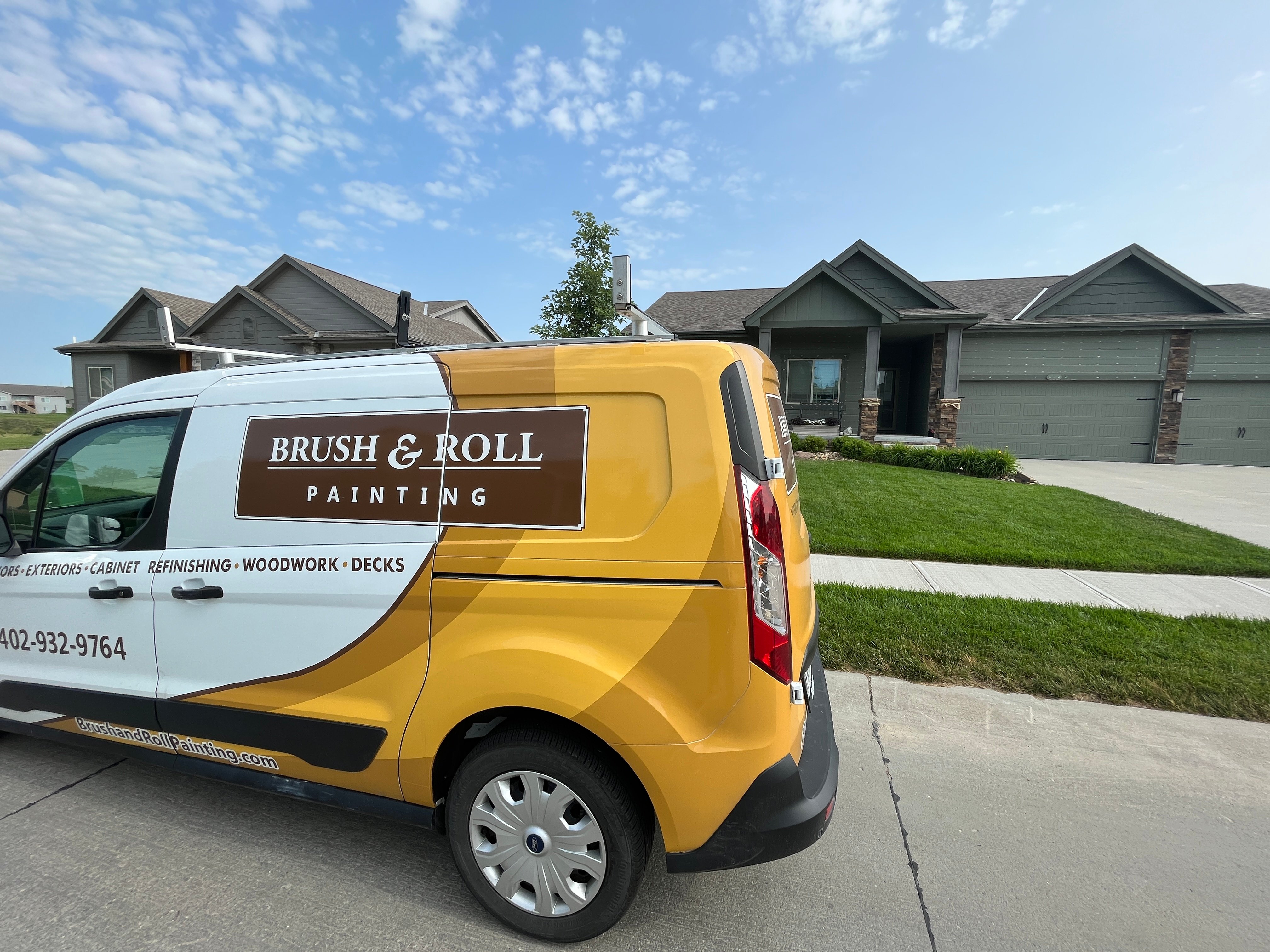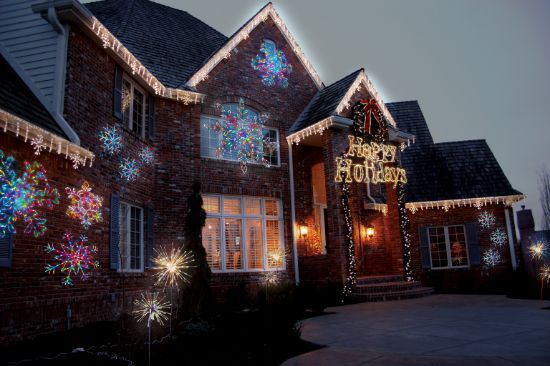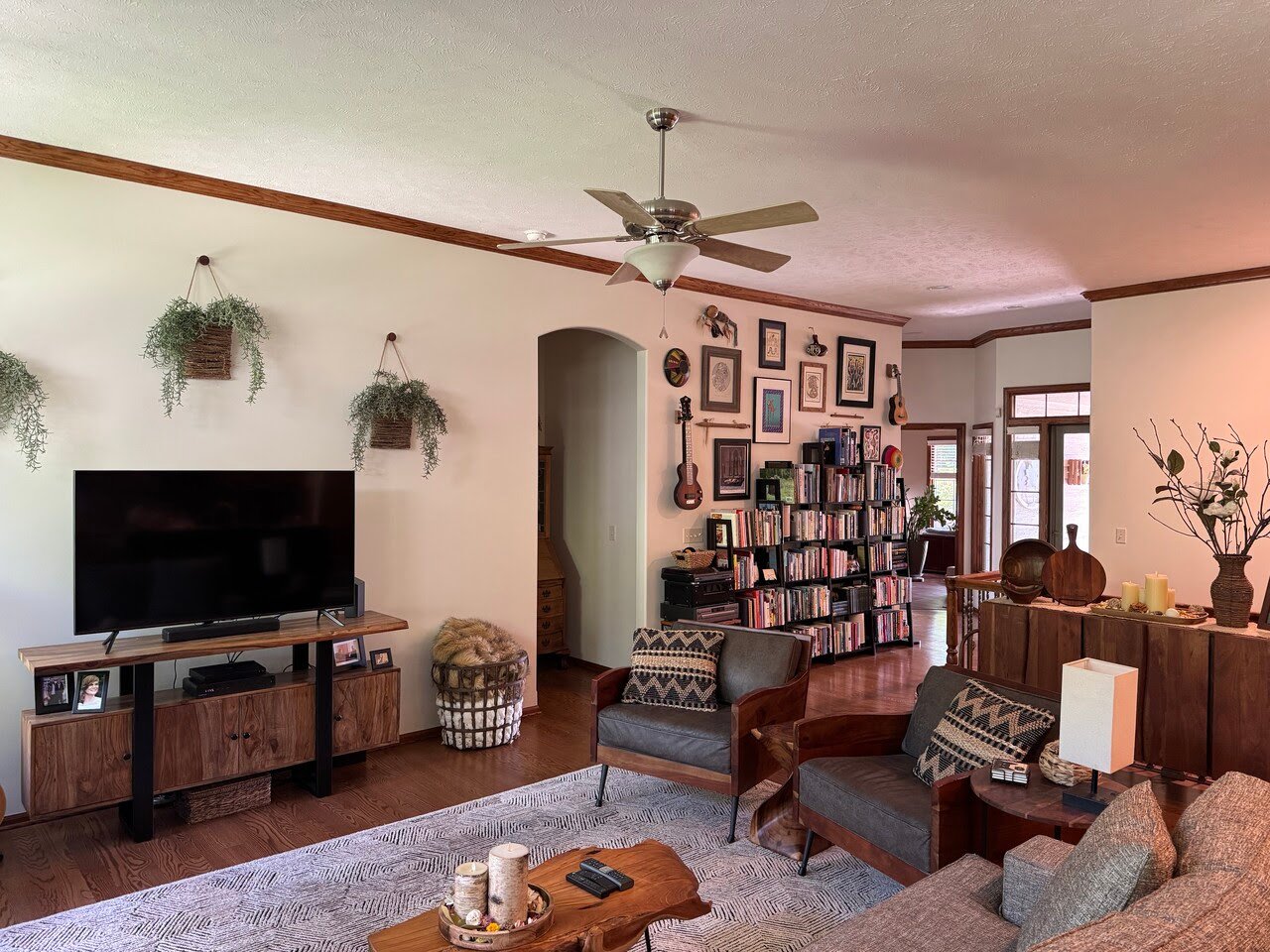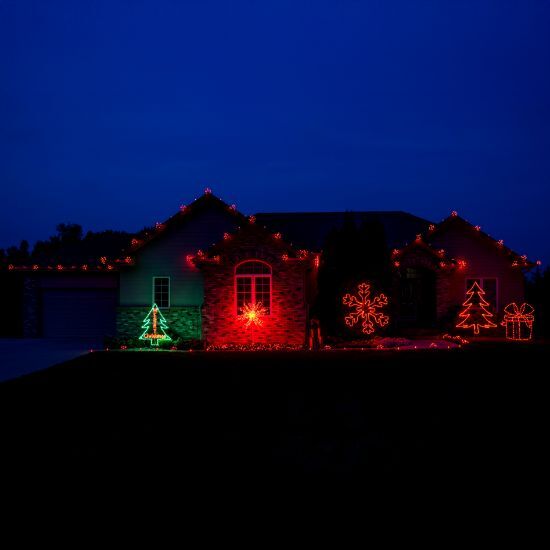Do Painters Handle Drywall Repairs Before Painting?
July 30th, 2025
5 min read
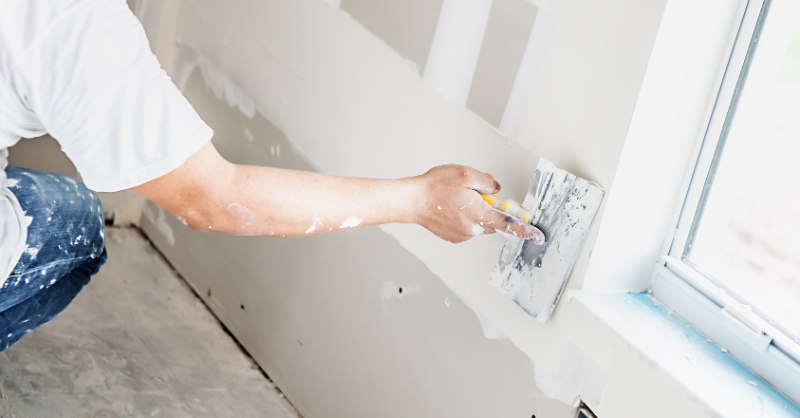
You’re ready to freshen up your walls, but something’s bothering you. Maybe it’s that old hole where an intercom used to be, or a dent in the drywall from a doorknob that got a little too excited. You might’ve spotted nail pops, cracks along the corners, or mysterious bulges near the ceiling. Whatever it is, you know that slapping on a coat of paint won’t magically make it disappear. You want your walls to look clean and smooth, not like you painted over problems.
At Brush & Roll Painting, we’ve seen it all and fixed it, too. Since 1996, we’ve helped homeowners throughout Omaha get more than just a fresh coat of paint. We understand that a great paint job starts with what’s underneath. That means taking care of drywall repairs the right way before a single drop of paint touches your walls.
This article will walk you through what types of drywall repairs might be needed, how professionals handle them, and why skipping this step could cost you more in the long run. You’ll leave knowing exactly what to look for, what questions to ask your painter, and how to make sure your finished walls are smooth, solid, and ready to impress.
Why Drywall Repairs Matter Before Painting
Most homeowners think of painting as a finishing touch, and it is, but it only looks as good as the surface it’s going on. If your drywall has holes, damage, or uneven patches, paint will only highlight the flaws, not hide them.
Here’s what can happen if drywall repairs are skipped or done poorly:
- Paint bubbles or peels when applied over loose drywall tape or cracks
- Shadows and texture issues show up once the paint dries, especially in natural light
- Cracks reappear after a few months if the root issue wasn’t fixed
- Lower resale value, because painted damage still looks like damage
Fixing drywall before painting is the difference between a “quick fix” and a paint job that actually feels like new.

Common Types of Drywall Repairs in Omaha Homes
No two houses are exactly alike, but here are some of the most common drywall repairs we handle in Omaha, especially in homes built before the 2000s.
1. Nail Pops and Screw Holes
These show up as small bumps or holes, often where drywall fasteners have come loose over time. It’s especially common in newer drywall or after seasonal settling.
What’s involved:
A pro will drive the fastener back in (or remove and replace it), then apply joint compound and sand it smooth.
2. Hairline Cracks or Corner Cracks
Cracks often appear at drywall seams or corners, especially where two walls meet or where ceilings have movement from temperature shifts.
What’s involved:
Professionals cut out damaged tape, apply mesh or paper tape, and use several layers of joint compound to rebuild the surface, feathering it out wider than the original damage so it blends in seamlessly.
3. Damage from Old Fixtures
This includes areas where something was removed, like an intercom box, doorbell chime, old thermostat, or security panel.
What’s involved:
If the hole is small, it can be patched with mesh or paper and compound. If it’s large (like an old wall-mounted intercom system), the entire drywall section might be cut out and replaced with a new piece, then taped and mudded to match the wall around it.
4. Water Damage and Staining
If your ceiling or wall had a past leak, even if it's now dry, the surface is often damaged or stained. Sometimes the drywall is soft or crumbling under the paint.
What’s involved:
Damaged sections are cut out and replaced. If it’s just staining, a special primer called a stain blocker is used so it won’t bleed through the new paint.
5. Doorknob Holes and Dents
It’s common to see holes behind doors where no stopper was installed. These are often small but noticeable.
What’s involved:
Professionals use a patch kit or install a new piece of drywall, depending on the size of the hole. Once patched, it’s mudded, sanded, and primed.

How Professionals Handle Drywall Repairs Before Painting
Step 1: Inspect and Identify All Problem Areas
Before painting begins, an experienced crew should walk the home and look closely at the walls and ceilings.
This includes:
- Cracks
- Dings
- Previous repairs
- Loose tape
- Large holes
- Stains
Step 2: Determine the Right Repair Method
A small nail hole doesn’t need the same repair as a broken corner bead or water-damaged ceiling. Professional painters will choose the right solution for each issue, whether that’s spackle, mesh tape, or replacing full sections of drywall.
Step 3: Apply Patching Material and Let It Dry
Using joint compound, patching kits, or full drywall replacement, the area is rebuilt in layers. Drying between coats is important to avoid future shrinkage or cracking.
Step 4: Sand, Smooth, and Reinspect
Once repairs are dry, sanding makes the wall flush again. Good painters don’t just sand flat, they feather the edges wide so the patch disappears into the wall. Lighting is used to check for any missed texture or uneven spots.
Step 5: Prime the Patched Areas
Drywall mud is very porous. If it’s painted without priming, the spot will flash (look dull or a different color) under the paint. A high-quality primer seals it so the topcoat looks even.

Can Your Painter Handle Drywall Repairs?
Some painting companies only paint. Others will tell you to “get that fixed first” before they start. At Brush & Roll Painting, we believe that surface prep, including drywall repairs, is a part of the painting process. You shouldn’t have to hire two different people for one job.
Here are some questions to ask your painter:
- Do you include drywall repairs in your estimate?
- What types of repairs are included, and what would cost extra?
- Can you remove old fixtures like intercoms or alarm panels?
- Do you prime the repaired areas before painting?
You want someone who can give you clear answers. If they say “we’ll just spackle it” for everything, be cautious. That might work for pinholes, but not for structural cracks or large patches.
How Long Do Drywall Repairs Take?
Most small repairs can be done in a few hours, plus drying time before painting. Larger repairs, like cutting and replacing drywall or fixing repeated cracking, may need a full day or more, including drying, sanding, and priming.
Many homeowners in Omaha are surprised to learn that the prep work often takes longer than the painting itself. But it’s what makes the final result feel brand new.
Should You DIY or Hire a Pro?
You can patch drywall yourself, but you need the right tools, products, and time. What seems like a simple fix can turn into a bumpy mess if the area isn’t sanded properly or if the texture doesn’t match the rest of the wall.
DIY is fine for a few nail holes. But if you want invisible repairs, especially before painting an entire room, a professional can save you a lot of frustration.
Interior Painting in Omaha, NE
If your home has old damage, leftover holes from removed fixtures, or cracked corners, those problems aren’t going to disappear under a coat of paint. In fact, they’ll likely stand out even more once the walls are freshly painted.
This article gave you a full picture of the types of drywall repairs homeowners in Omaha often face, how professionals fix them, and why it's such an important step before painting. Whether it’s an old security system hole or a corner crack that keeps coming back, those issues can be taken care of the right way, before any paint touches the wall.
At Brush & Roll Painting, we’ve helped homeowners across Omaha take care of both the small and big repairs before painting begins. That’s part of how we make sure your new paint job looks clean, smooth, and built to last.
Click the button below to get a quote.
Not quite ready? Download our free Interior Painting Checklist. It will walk you through hiring a painter and help you with yearly wall maintenance so your home continues to look its best.
Kaylea is the Brush & Roll Painting Content Manager. Kaylea is a Journalism and Media Communications summa cum laude graduate with a minor in Marketing from the University of Nebraska at Omaha. Kaylea manages the marketing for Brush & Roll Painting.
















-Jul-23-2025-02-21-33-5468-PM.png?width=800&height=418&name=Blog%20Post%20Image%20Size%20(2)-Jul-23-2025-02-21-33-5468-PM.png)


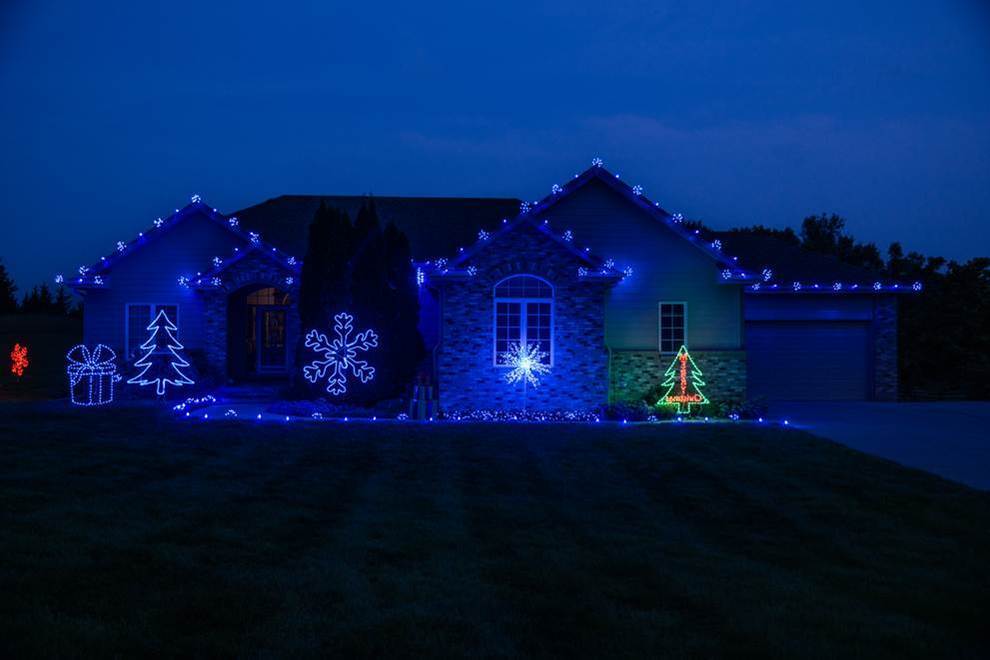
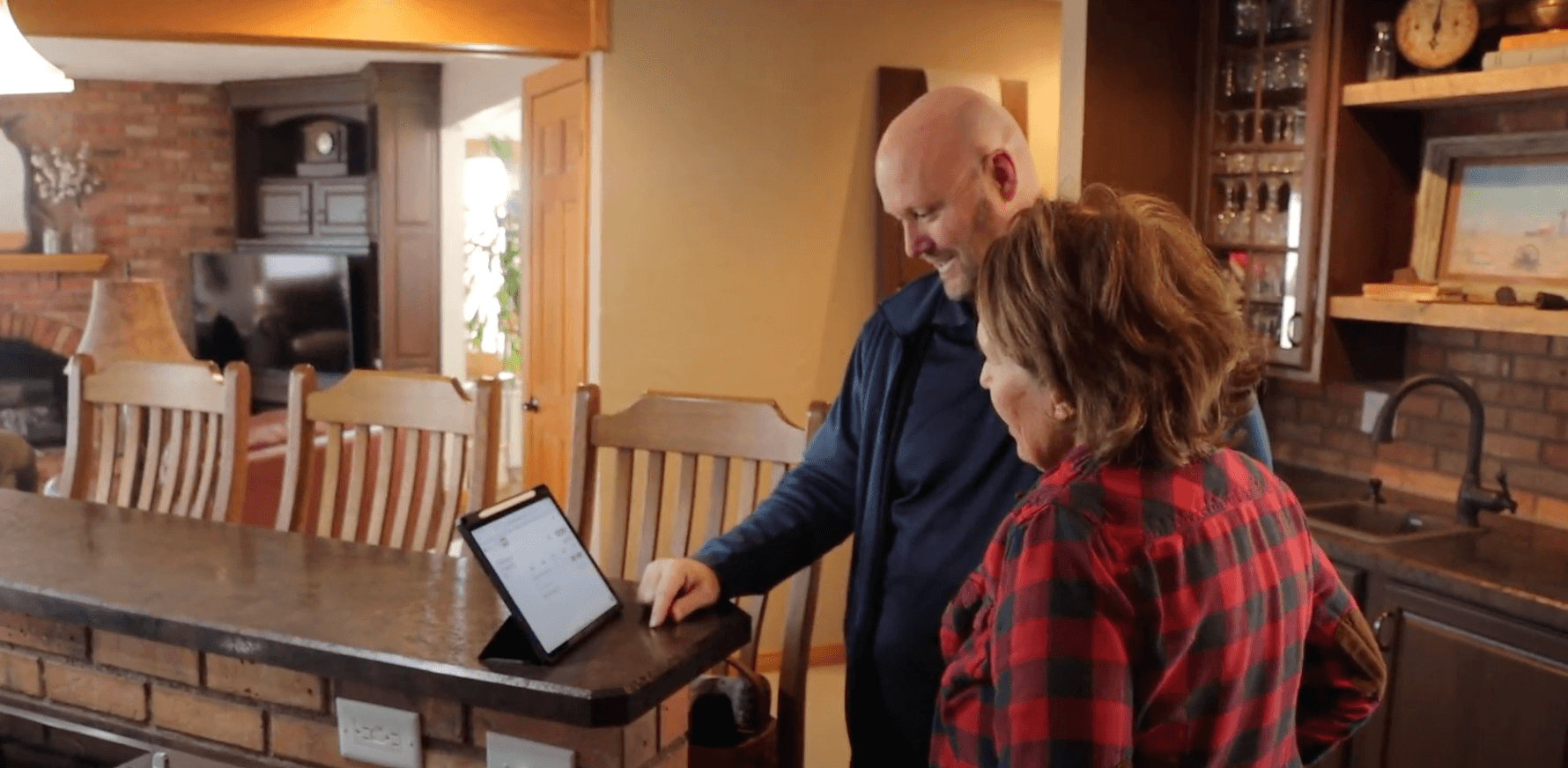
-Oct-22-2025-01-39-19-5208-PM.png?width=800&height=418&name=Blog%20Post%20Image%20Size%20(1)-Oct-22-2025-01-39-19-5208-PM.png)
